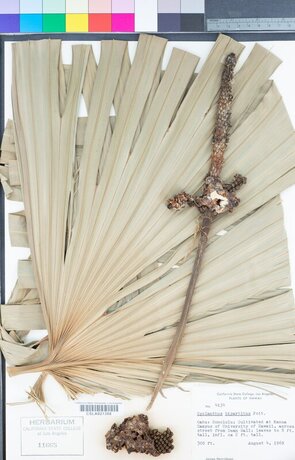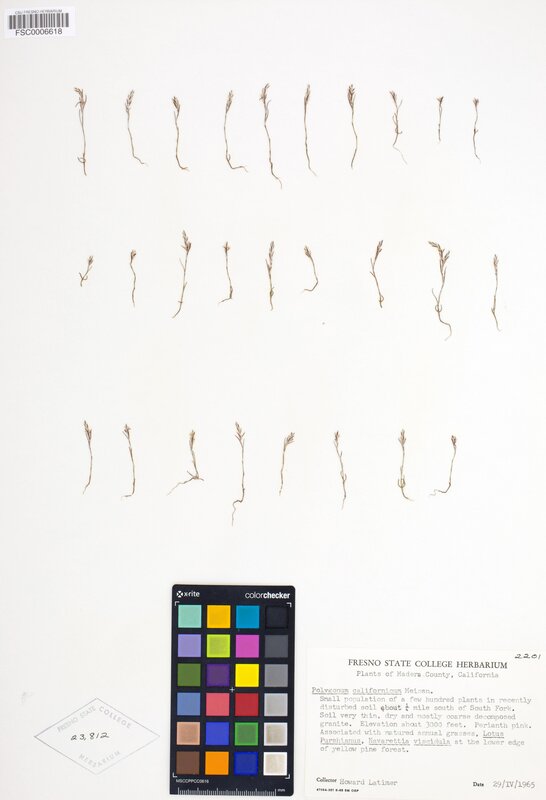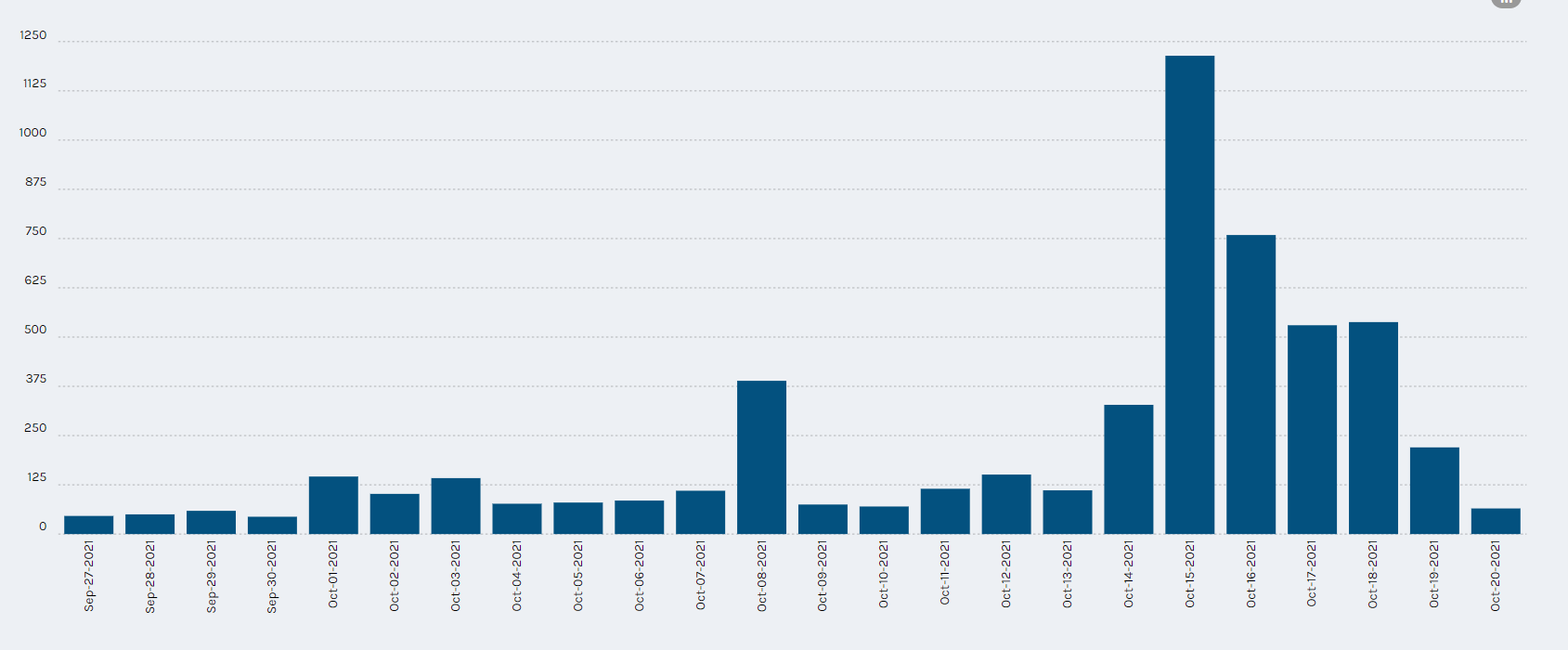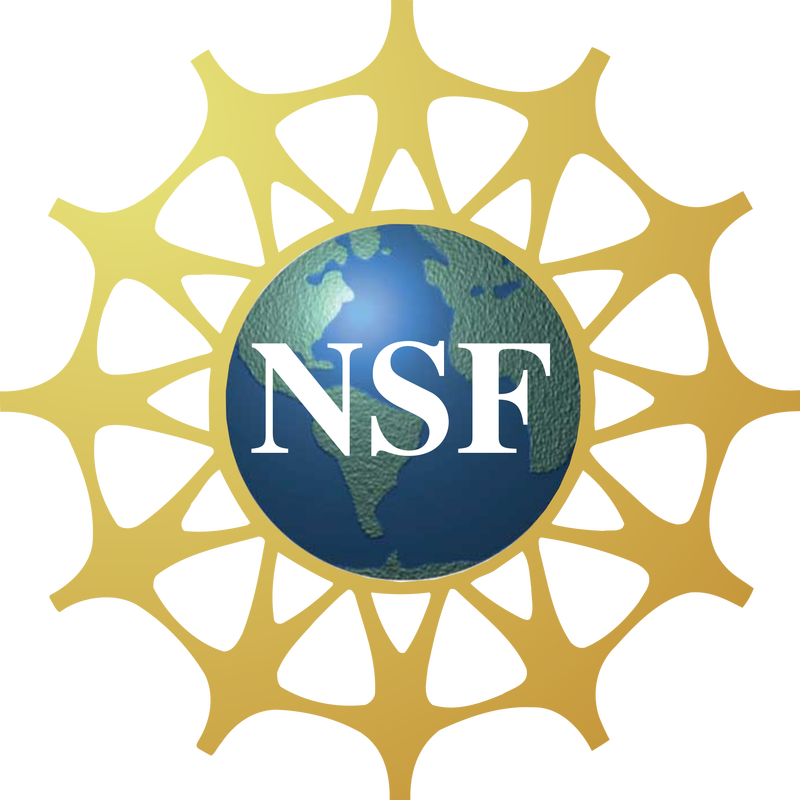WeDigBio is a biannual event that brings volunteers, collections, and curators together to rapidly digitize biodiversity specimens over the course of four days. The California Phenology Network has participated in this event for the past 3 years using Notes from Nature, an online platform where anyone with an internet connection can view specimen images and transcribe their labels into provided data fields.
This year, we saw fantastic engagement across the CAP Network at four events across the West Coast. CSU Long Beach, CSU Fresno, Oregon State University, and the California Polytechnic State University all led events (two of them in-person!), engaging over 250 volunteers across the United States. One virtual volunteer even tuned in from Turkey!
At the virtual event led by Cal Poly, 157 participants received an introduction to herbaria, tour of the Robert F. Hoover Herbarium, and training in how to transcribe a specimen label in Notes from Nature. For the remainder of the 2-hour event, the participants transcribed labels, keeping watch for specimens that would land them on the "Record Board." Could they find the specimen collected the furthest away from California (the winner was Malaysia)? How about a specimen collected on this day in history (we found two!)?
We saw a huge bump in productivity in Notes from Nature over the weekend, totaling over 2800 transcriptions. With 3 transcriptions per specimen, that over 900 specimens transcribed! All five current Notes from Nature expeditions saw significant advancement, and, as we write this, two huge expeditions of over 2000 specimens apiece are within 10% of being complete. That's a lot of progress!
WeDigBio not only moves our numbers forward, but it exposes students and volunteers to the vast diversity and rich history of herbarium specimens in not-too-far-away collections. Herbarium specimens are exciting, and we love passing on this excitement to people who may never have heard of biodiversity collections, much less understood their importance for preserving and protecting biodiversity. WeDigBio is a critical outreach event and a win-win situation for all. Thanks to all who participated!



